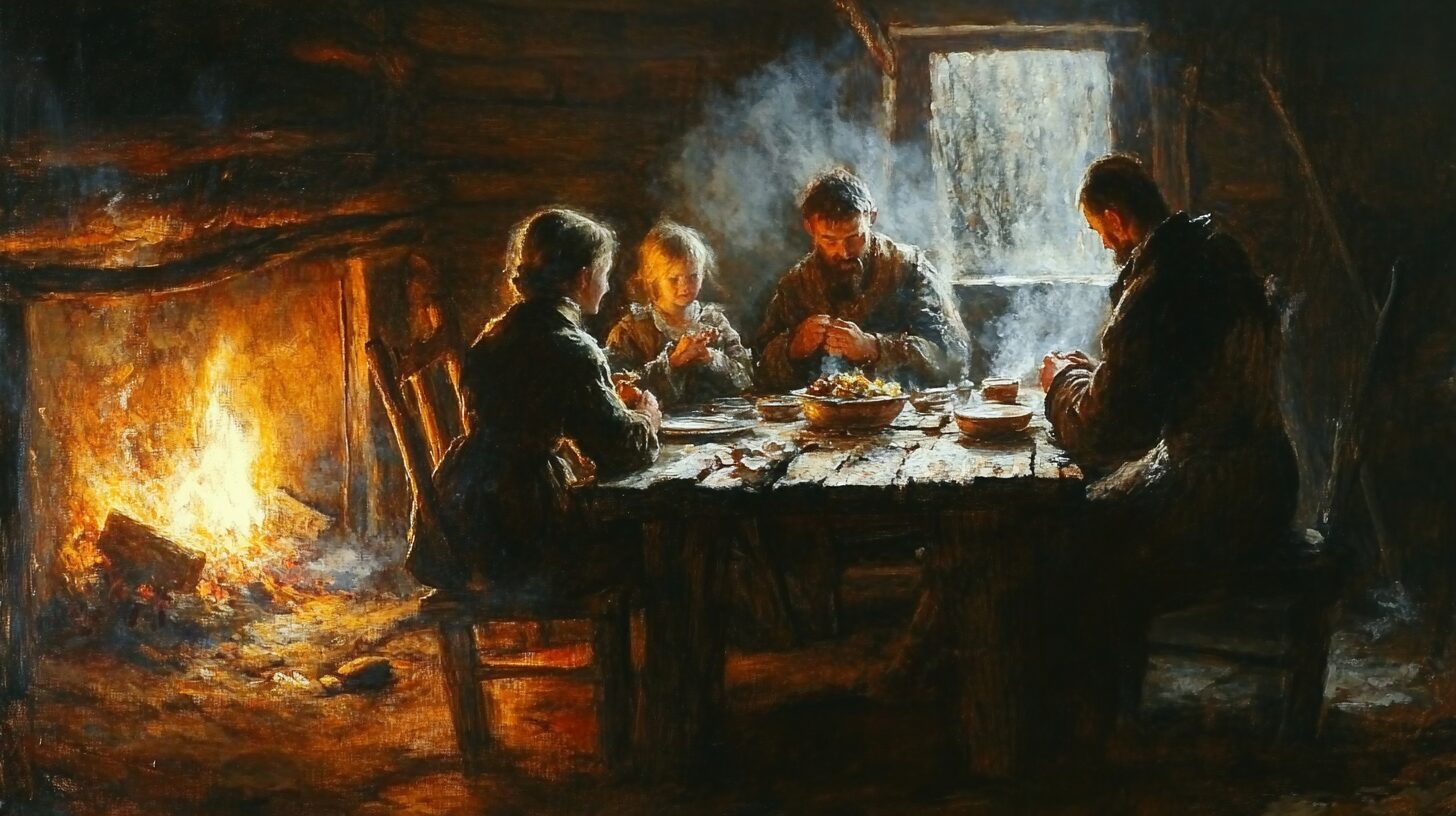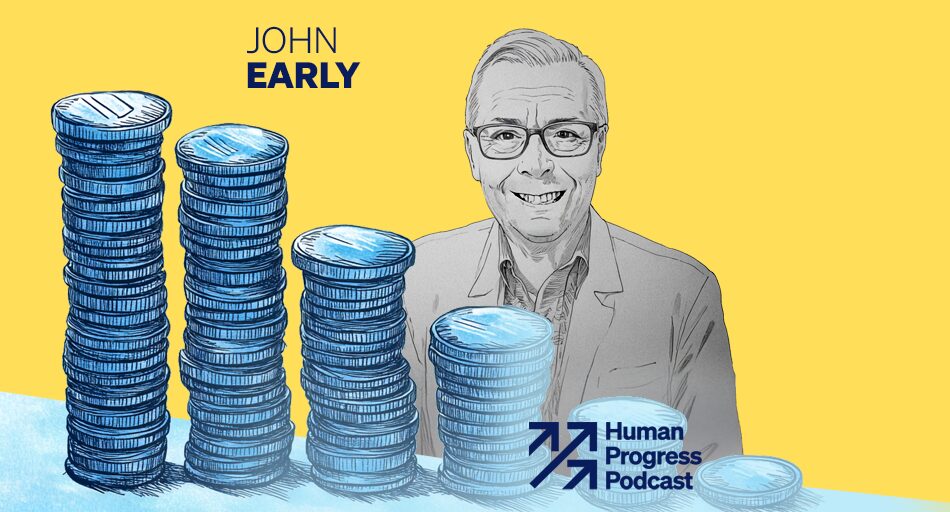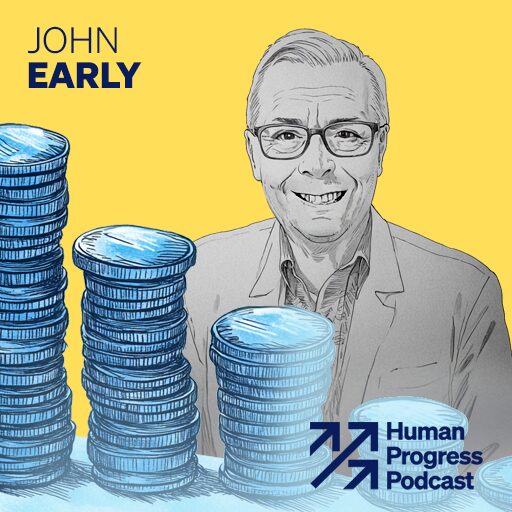In my last two pieces for CapX, I sketched out the miserable existence of our ancestors in the pre-industrial era. My focus was on life in the city, a task made easier by the fact that urban folk, thanks to higher literacy rates, have left us more detailed accounts of their lives.
This week I want to look at rural life, for that is where most people lived. At least theoretically, country folk could have enjoyed a better standard of living due to their “access to abundant commons – land, water, forests, livestock and robust systems of sharing and reciprocity,” which the anthropologist Jason Hickel praised in a recent article in The Guardian. In fact, the life of a peasant was, in some important aspects, worse than that of a city dweller.
Before industrialisation, European society was bifurcated between a small minority of the very rich and the vast majority of the very poor. Sébastien Le Prestre de Vauban, a military engineer during the reign of Louis XIV, estimated that the French population consisted of 10 per cent rich, 50 per cent very poor (fort malaise), 30 per cent near beggars and 10 per cent beggars. Likewise, Francesco Guicciardini, an Italian historian and friend of Niccolò Machiavelli, wrote that “except for a few Grandees of the Kingdom [of Spain] who live with great sumptuousness, one gathers that the others live in great poverty”.
Indeed, a census taken in the Alencon area of the Alsace region in France at the end of the 17th century found that of the 410,000 inhabitants, 48,051 were beggars. That amounts to about 12 per cent of the population. “In Brittany, of a population of 1,655,000, there were 149,325 beggars, or about 9 per cent.” Out of the English population of 5.5 million at the time of Henry VIII, 1.3 million (i.e., nearly a quarter) were described as “cottagers and paupers”. By implication, rural cottagers and urban paupers were deemed to have shared similar standard of living. The vast majority of these wretches lived in the countryside.
That was during “normal” times. As Carlo Cipolla observed in Before the Industrial Revolution: European Society and Economy 1000-1700, “in the cities the number of poor soared in the years of famine because starving peasants fled the depleted countryside and swarmed to the urban centres, where charity was more easily available and hopefully the houses of the wealthy had food in storage. Dr Tadino reported that in Milan (Italy) during the famine of 1629 in a few months the number of beggars grew from 3,554 to 9,715.” So much then for the vaunted benefits of “access to abundant commons”.
An account of rural life in 16th century Lombardy found that “the peasants live on wheat … and it seems to us that we can disregard their other expenses because it is the shortage of wheat that induces the labourers to raise their claims; their expenses for clothing and other needs are practically non-existent”. In 15th century England, 80 per cent of private expenditure went on food. Of that amount, 20 per cent was spent on bread alone.
By comparison, by 2013 only 10 per cent of private expenditure in the United States was spent on food, a figure which is itself inflated by the amount Americans spend in restaurants. For health reasons, many Americans today eschew eating bread altogether.
What about food derived from water, forests and livestock? “In pre-industrial England,” Cipolla notes, “people were convinced that vegetables ‘ingender ylle humours and be oftetymes the cause of putrid fevers,’ melancholy and flatulence. As a consequence of these ideas there was little demand for fruit and vegetables and the population lived in a prescorbutic state”. For cultural reasons, most people also avoided fresh cow’s milk, which is an excellent source of protein. Instead, the well-off preferred to pay wet nurses to suckle milk directly from their breasts.
The diet on the continent was somewhat more varied, though peasants’ standard of living was, if anything, lower than that in England. According to a 17th century account of rural living in France: “As for the poore paisant, he fareth very hardly and feedeth most upon bread and fruits, but yet he may comfort himselfe with this, and though his fare be nothing so good as the ploughmans and poore artificers in England, yet it is much better than that of the villano [peasant] in Italy.”
The pursuit of sufficient calories to survive preoccupied the crushing majority of our ancestors, including, of course, women and children. In addition to employment as domestic servants, women produced marketable commodities, such as bread, pasta, woollen garments and socks. Miniatures going back to the 14th century show women employed in agriculture as well. As late as the 18th century, an Austrian physician wrote, “In many villages [of the Austrian Empire] the dung has to be carried on human backs up high mountains and the soil has to be scraped in a crouching position; this is the reason why most of the young people [men and women] are deformed and misshapen.”
As Johan Norberg noted in Progress: Ten Reasons to Look Forward to the Future, it was common for “children to start working from seven years of age”. Their working conditions varied, but one 16th century ordnance in Lombardy found that supervisors of work in rice fields “bring together a large number of children and adolescents, against whom they practice barbarous cruelties.… [They] do not provide these poor creatures with the necessary food, and make them labour as slaves by beating them and treating them more harshly than galley slaves, so that many of the children … die miserably in the farms and neighbouring fields.”
The idealised imagery of rural life portrayed by Romantic painters, philosophers and poets provides the modern reader with a highly skewed sense of reality. “We do know,” Cipolla writes, “that the mass [of the population] lived in a state of undernourishment. This gave rise, among other things, to serious forms of avitaminosis. Widespread filth was also the cause of troublesome and painful skin diseases. To this must be added in certain areas the endemic presence of malaria, or the deleterious effects of a restricted matrimonial selection, which gave rise to cretinism.”
This piece concludes a series of articles in which I have shown how contemporaneous evidence from town and country alike shows clearly that whatever their “access to abundant commons”, people in pre-industrial Europe generally lived a miserable, hand-to-mouth existence which it would be foolish to romanticize in any way.
This first appeared in CapX.



